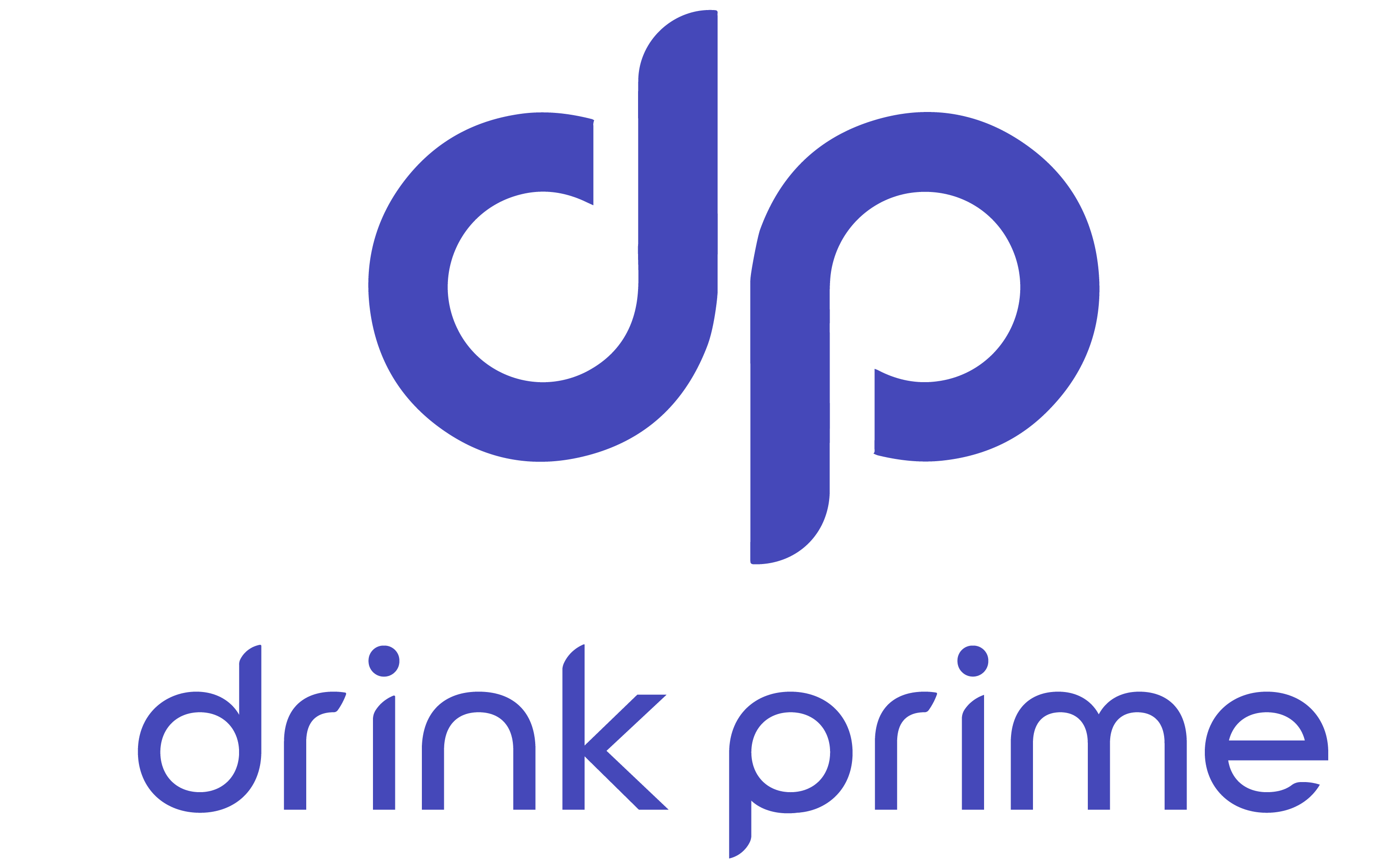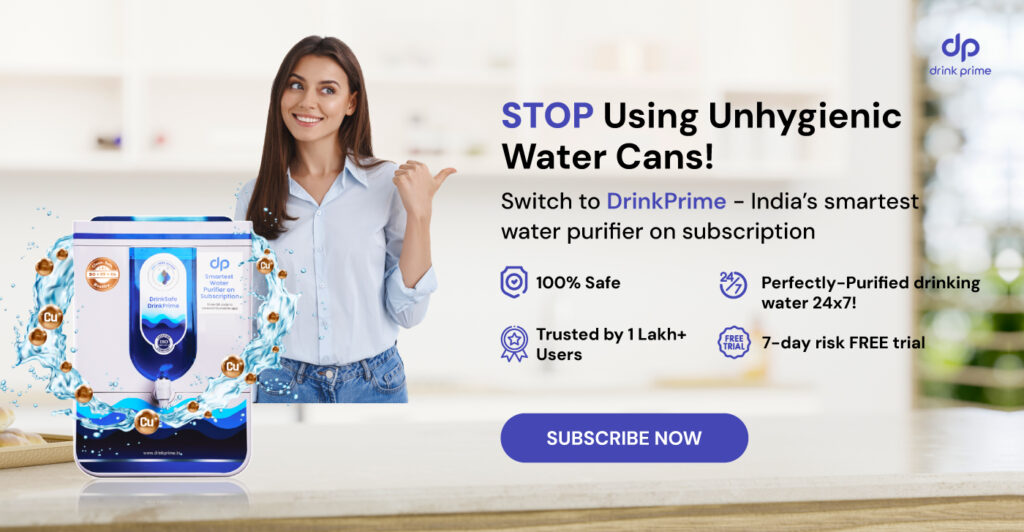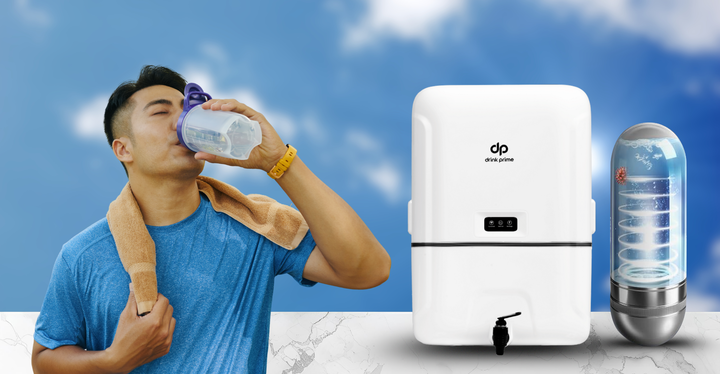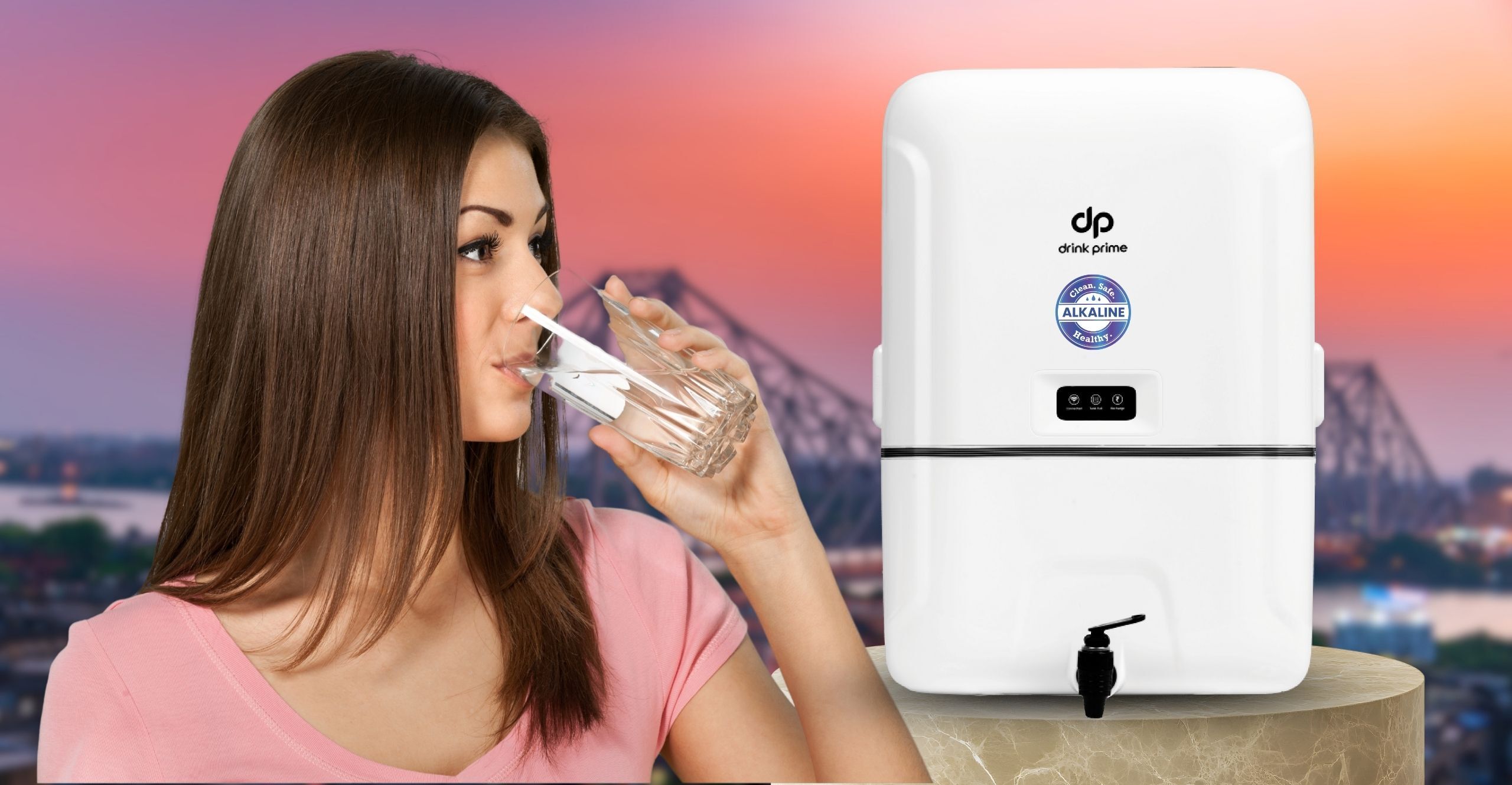In today’s world, water scarcity is a big problem—1 in 3 people globally still don’t have safe drinking water. This shows how valuable water is because many people struggle to get clean water.
That’s why water purifiers have become essential for millions worldwide. With water sources getting more polluted and scarce, having the best water purifier at home is really important.
If you’re not sure whether to get a water purifier for home, think about this: your drinking water can have harmful stuff like bacteria, viruses, chemicals (such as chlorine and fluoride), heavy metals (like lead and arsenic), and even tiny bits of plastic. Purifying your water well is key to keeping healthy and thriving!
So let’s talk about why purifying water matters and look at the different types of best water purifier you should consider in more detail.
Here is why you should purify water
- Health protection: Purifying water removes harmful contaminants like bacteria, viruses, and chemicals that can cause illnesses such as diarrhea, cholera, and lead poisoning. Clean water is essential for staying healthy and preventing waterborne diseases.
- Improved taste and odor: Purification systems enhance the taste and odor of water by eliminating unpleasant substances like chlorine and sulfur compounds. This makes water more tastier and more enjoyable to drink.
- Benefits the environment: Using the best water purifier reduces the consumption of bottled water, which helps decrease plastic waste and environmental pollution. It’s a sustainable choice that conserves resources and protects ecosystems.
- Cost efficiency: Investing in the best water purifier can be cost-effective in the long run compared to purchasing bottled water or dealing with health issues caused by contaminated water. It provides a reliable, continuous source of safe drinking water at home.
How does the water purification system work?
Understanding how water purification works can help you make informed decisions about the best methods to ensure your drinking water is safe. These use various technologies to remove contaminants, each serving a specific purpose in the purification process. Let’s look at how water purification actually works:
- Physical filtration: Many purification systems use physical filters to trap and remove particles and sediments from water. These filters can be made of materials like activated carbon, ceramic, or sediment filters. Physical filtration can also include processes like microfiltration and ultrafiltration, which use membranes to remove small particles and pathogens from water.
- Chemical filtration: Chemical filtration involves using chemical processes to remove contaminants. This can include methods like chlorination, ozonation, and ion exchange.
- Reverse osmosis: The best RO water purifier uses a semipermeable membrane to remove dissolved salts, minerals, and contaminants from water. It’s highly effective at reducing a wide range of pollutants, including heavy metals, nitrates, and fluoride. The membrane allows only water molecules to pass through, leaving impurities behind.
- Ultraviolet disinfection: UV light technology destroys harmful microorganisms like bacteria and viruses by disrupting their DNA, rendering them unable to reproduce and cause infections. UV disinfection is a chemical-free process and is effective at inactivating most pathogens.
- Activated carbon: Activated carbon filters adsorb and trap organic chemicals, chlorine, and other impurities. This process improves water taste and odor by removing compounds that cause unpleasant smells and tastes. Activated carbon is particularly effective at removing volatile organic compounds and chlorine by-products.
But what are the different contaminants in drinking water?
Drinking water can be contaminated by various physical, chemical, biological, and radiological contaminants, each posing distinct health risks.
Physical contaminants: These include sediments or organic material suspended in the water. These can originate from soil erosion, runoff, or decaying plant material. Turbidity, a measure of water clarity, is often used to assess the level of physical contaminants.
Chemical contaminants: These are diverse and can be naturally occurring or man-made. They include:
Inorganic chemicals like heavy metals (lead, arsenic, mercury) that can leach from pipes or industrial discharge.
Organic chemicals including volatile organic compounds (VOCs) such as benzene, toluene, and pesticides that seep into groundwater from agricultural runoff or industrial sites.
Biological contaminants: These encompass microorganisms such as bacteria (E. coli, Salmonella), viruses (Norovirus, Hepatitis A), protozoa (Giardia, Cryptosporidium), and parasites. These can enter water supplies through sewage contamination or runoff from animal farms.
Radiological contaminants include radioactive elements like uranium, radium, and radon, which can naturally occur in certain geological formations and contaminate water supplies through leaching.
Different Water Purification Technologies
Reverse osmosis (RO): Uses a semipermeable membrane to remove dissolved salts, minerals, and contaminants, providing high-quality drinking water.
Ultraviolet (UV) disinfection: UV light destroys harmful microorganisms by disrupting their DNA, effectively disinfecting water without chemicals.
Activated carbon filtration: Absorbs organic compounds, chlorine, and unpleasant odors from water, improving taste and odor.
Distillation: Boils water to steam and condenses it back into liquid form, leaving contaminants behind, and producing purified water.
Ion exchange: Removes dissolved ions like calcium and magnesium, exchanging them with harmless ions to soften water and reduce scaling.
How to choose the right water purifier?
Choosing the best water purifier involves considering several factors to ensure you get the best water purifier suited to your needs. Here’s a guide to help you make an informed decision.
Water quality assessment: Assess the quality of your water supply by testing for contaminants and determining purification needs.
Consideration of technology: Choose a purification technology based on the types of contaminants present in your water and your specific filtration goals.
Capacity and flow rate: Consider the purifier’s capacity to meet your household’s water consumption needs and its flow rate for efficient water delivery.
Certifications and standards: Look for the best water purifier certified by reputable organizations that meet safety and performance standards for reliable water purification.
Get 7 Days Risk Free Trial
Conclusion:
Now that you know how important it is to have a water purifier at home, you also need to select the right one for your family’s drinking water needs.
If you are looking for a reliable RO+UV water purifier that is not heavy on your pocket, then DrinkPrime is the one for you! Choose from our range of subscription plans and enjoy clean, safe, and healthy drinking water 24/7.




